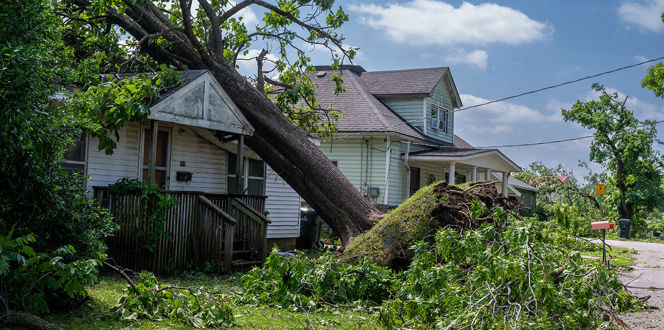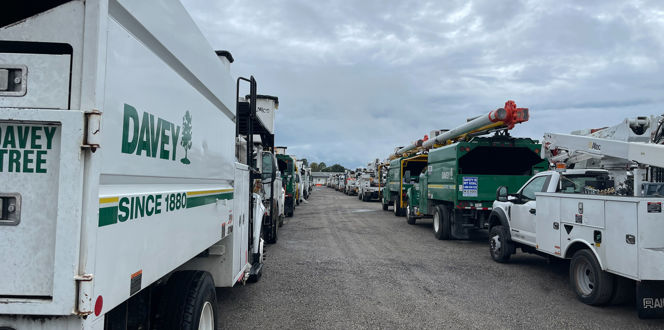Northeast U.S. Utility
When a Pennsylvania utility needed to assess the condition of their wooden utility poles, DRG used the latest technology to get accurate results.
The Challenge
When it comes to reliability, utilities have more to worry about than just properly functioning power lines and equipment; they also have to take care of the structures that hold up the lines, often including tens of thousands of wooden poles in a utility’s distribution system. If not properly maintained, wooden utility poles can decay and fail over time, causing downed power lines and costly repairs. In order to mitigate the risks of decay, one solution utilities can leverage is traditional pole inspections.
An Northeast U.S. utility wanted to conduct pole inspections using a less invasive method. They worked with Davey Resource Group, Inc. (DRG) to determine the best method to fit their goals: using field teams to utilize resistograph technology.
The Solution
Resistograph technology uses a needle-thin drill bit tool that provides accurate measurements of decay within a utility pole. DRG used this technology on 37,000 poles to determine whether the structures needed to be reinforced, treated, or replaced.
Crews inspected the poles throughout central Pennsylvania from May to December 2021. Once the inspection was complete, DRG used Katapult to perform a pole loading analysis, which determined the current load on the pole and streamlined the decision-making process to ensure disruptions were minimized if the pole needed to be restored or replaced.
The Result
The utility was so satisfied with the quality of DRG’s work and impressed with the valuable insights produced from resistograph technology that they decided to renew the contract for 2022. DRG expects to inspect more than 100,000 poles by the end of the contract.





